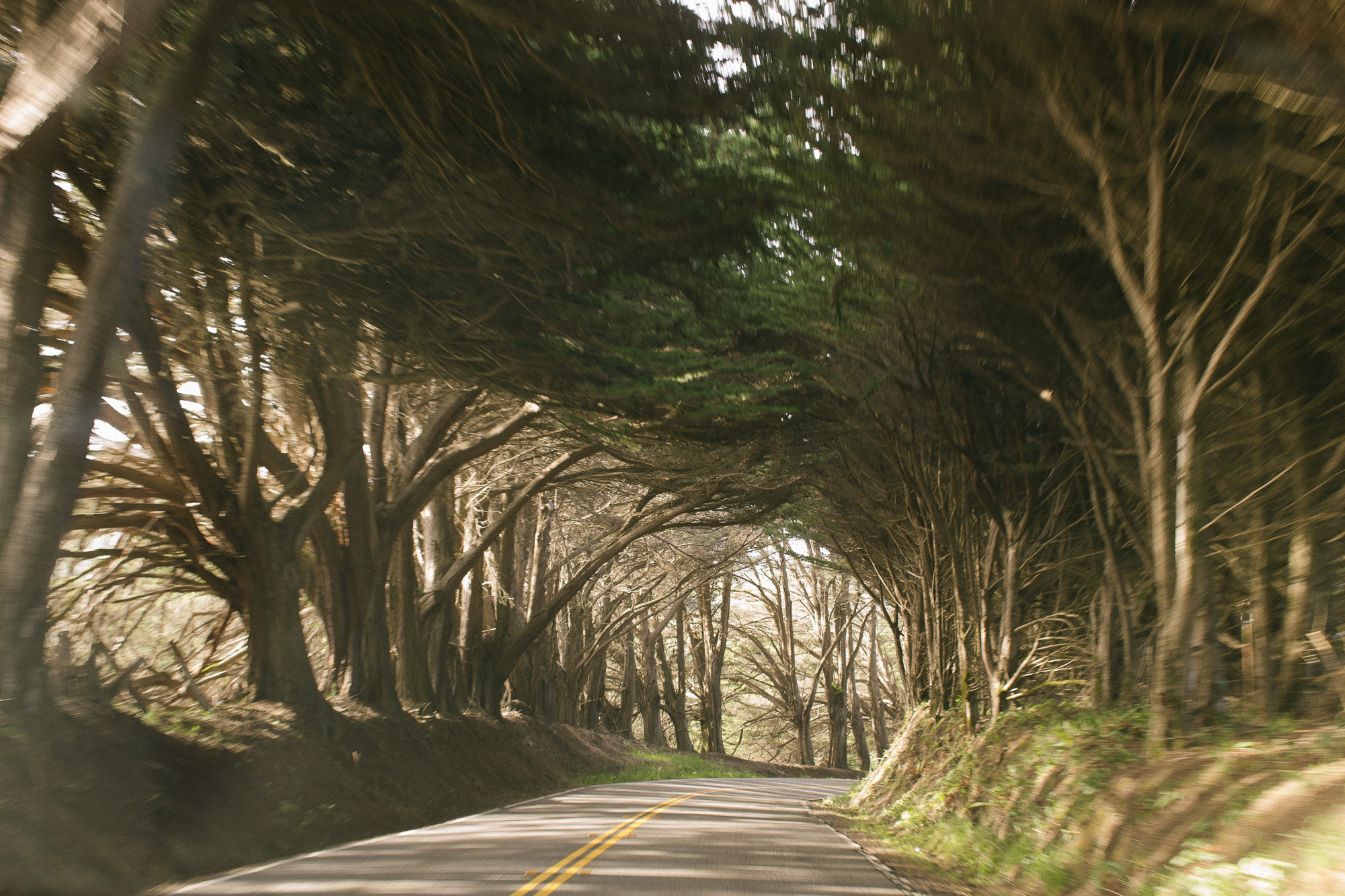Mise en Place: What 'Everything in its Place' means for your video
Cooking has taken on a life of its own over the last few years. New restaurants seem to spring up everywhere, no matter what city you live in. The names of popular chefs seem to be more common than some movie stars. Food culture is a business, but it is also an art form that has been studied and tinkered with since the dawn of human existence. Wait one minute, before you click to your next tab thinking, “What in the world does cooking have to do with videos, marketing, and video advertising?” Keep reading- we promise not to let you down.
There’s a French term used in kitchens, restaurants, and chef’s tables around the world called ‘Mise en place.’ Literally translated, it means, ‘Everything in its place.’ When a chef begins to cook a meal, they first lay out their cooking utensils and equipment in an orderly and easy to use fashion. In fact, most chefs would say that the preparation before the meal is more important than the meal itself. If you have everything you need in order, the cooking process goes much smoother and ends in a well-balanced, beautiful dish. It may seem silly that the process prior to cooking is just as important as cooking itself, but it is a well known concept in most kitchens.
When we talk about ‘purpose’ in terms of video making, we mean something similar to a chef’s mise en place. Every element of a video shoot must be considered and ‘in its place’ to make an effective video, just like every utensil a chef uses must be ‘in its place’ to make a perfect meal.
A clean workspace is a good workspace. What’s your number one deterrent to eating in a restaurant? Chances are that the service can be a little slow if the food is good, and more importantly, the kitchen is clean. Most chefs practice the art of ‘cleaning while you cook,’ meaning that they are continually cleaning up their workspace as they make each element of a dish. We employ a similar strategy when making videos: every element of a shot should be purposeful and put together to work towards the story the video is meant to tell. This means that we take every detail into account as to how it affects a viewer’s emotions, how it transports them into a narrative, and how it leads them to a clear and effective conclusion.
You can’t carve a turkey without a knife. Just like you can’t shoot a video without the proper equipment. This means that while a chef may carefully lay out a selection of knives, whisks, spoons, etc., in order to make a large meal, we carefully select each piece of equipment we use on a set. Cameras, lenses, sliders, stabilizers- you name it- we take each specific piece of equipment into account before we ever begin production.
You can’t scramble eggs without breaking a few. One of the most underrated details about mise en place is that it allows a chef to improvise within their own workspace. Meaning: if you have multiple tools on hand that work, you can quickly solve a problem if something goes wrong. Just as a chef may realize that a certain dish needs a little more cayenne pepper, we may decide the day of shooting that a little more natural light may give a video a more realistic quality. Because we have spent so much time preparing the details of a shoot, and having them in place, we can make last minute decisions without compromising the integrity of the video overall.
No matter what your creative pursuit, attention to detail and care for your project can help you tell the best possible story within your medium. So while a chef may want to take you on a journey through Africa via several of its dishes, we would like to take you on a journey through Africa via its people. And to do that, you have to ensure everything is ‘in its place’ and as it should be.



